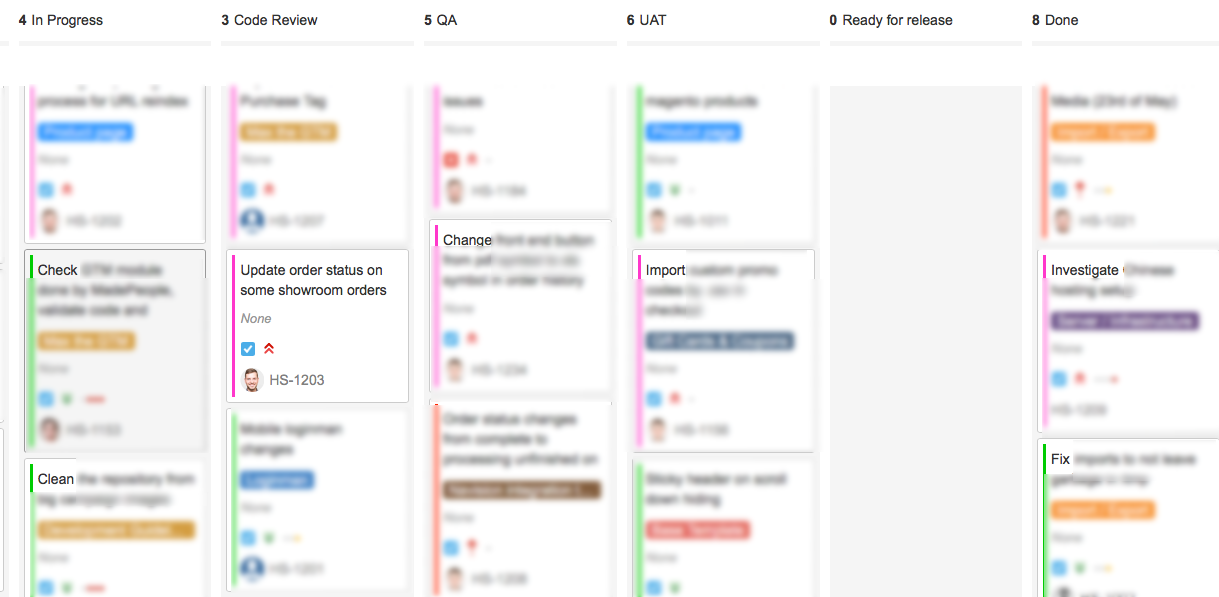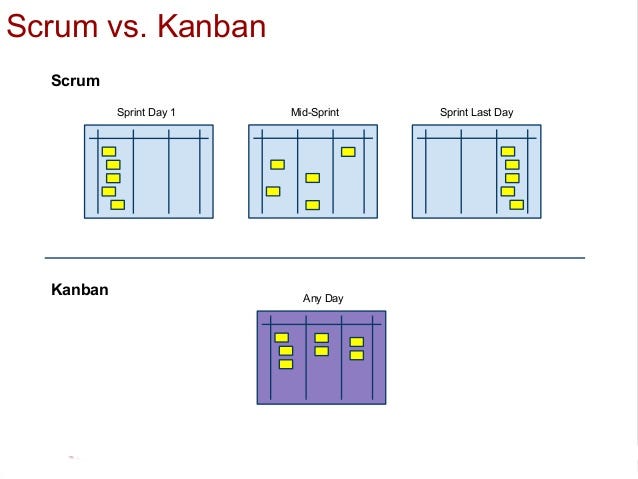In April 2017, Scandiweb came on board as development company for Happy Socks, the Swedish socks and underwear giant. Following a meticulous selection process from multiple candidates, the team at Scandiweb was chosen to carry out a multitude of web development tasks ranging from fixing bugs to optimizing workflow and back-end management of the company’s eCommerce efforts.
About Happy Socks
Established in 2008, Happy Socks is a Swedish success story, delivering colorful socks and underwear to more than 90 countries, boasting an impressive 10,000 points of sale. Following the company’s exponential growth over the past three years — reaching such milestones as a 50% increase in revenue, it became more than clear that the old eCommerce solution wouldn’t cut it anymore. An update on their eCommerce platform had long been overdue, as is evident by the number of issues and wishes brought forth by the Happy Socks team during the initial development planning.
Agile Software Development at Its Finest
Having proven their coding prowess by pinpointing a number of critical bugs, the Scandiweb devs quickly turned to putting together a comprehensive plan of action and a long backlog of issues.
According to the type of work to be done, the issues were grouped in sections called Epics. For example, there were Epics labeled as three-step checkout” and “product detail page redesign”. Each issue originally had a value statement — for instance, “We want the sticky header to change color while scrolling according to the page background”. These value statements were expanded, structuring the new issues in the following format:
- Value statement
- To-do
- User acceptance criteria
- Definition of done
The board after the changes. All issues are categorized and color-coded. They’ve been written using clear action verbs (“Change”, “check”, “import” etc.). The progress of each issue is clearly visible by the column it is in.
General statements and wishes were transformed into actionable items with a clear to-do list and a timeline, — adhering to the best Agile software development principles. From there, issues were prioritized, and development sprints were planned according to Scrum framework.
Scrum Doesn’t Fit All
Although Scrum worked fine for the planning phase and initial development, the team moved to Kanban workflow a month after starting the project. While there’s much discussion among developers for the benefits of Scrum and Kanban, and which is the king of development, we feel that there is no definitive answer. As our experience with Happy Socks has shown, Scrum has its limitations, namely:
- Over the course of a sprint, new blockers and critical issues are discovered, resulting in original sprint goals not being met mainly due to time spent on fixing blockers.
- Planning two weeks ahead and setting up fixed sprints limits flexibility — issue priorities may change over the course of the project, and a planned sprint doesn’t accommodate these changes.
- With more than 1000 issues to solve, it’s almost impossible to estimate accurate sprints that will cover all the tasks to be done in a reasonable timeframe.
For these reasons, a month into the project, the team moved to Kanban workflow in order to optimize agility and have more flexibility.
Continuous workflow is one of the main reasons Kanban was chosen over Scrum.
With the new, streamlined development workflow, it’s easy to focus on the most important issues, and the client can see the status, recent progress and time spent on any task. For the Happy Socks team it also means that there’s a clear-cut path from an idea being born and it being implemented on the site. They can create a ticket, which will be put in the to-do list with top priority, and the Scandiweb team will start working on it without delay.
The Good, the Bad and the Buggy
The initial code review revealed some bugs. For instance, the e-mail subscription integration had critical errors which resulted in some subscribers being randomly dropped from the mailing list. A number of similar revenue-reducing bugs were found — all of which were promptly fixed. It only serves to remind all eCommerce store owners that regular code audits and reviews are needed to ensure you’re not leaking money.
Moving Forward
The work doesn’t stop there. A new set of both front-end and back-end development guidelines has been developed to help future coding processes and avoid a state of flux whenever new additions need to be made. This is of particular importance when taking into account that the company’s projected growth over the next few years promises an even more rapid evolution than before.
The management aspect of this project has provided Scandiweb with invaluable experience in development work planning, management, and streamlining. Categorizing and prioritizing a vast list of issues, and preparing execution plans for each one of them is a feat that deserves appreciation.
Want to learn how Scandiweb can turn your development jungle into a clear plan of action? Drop us a line at [email protected]!





Share on: